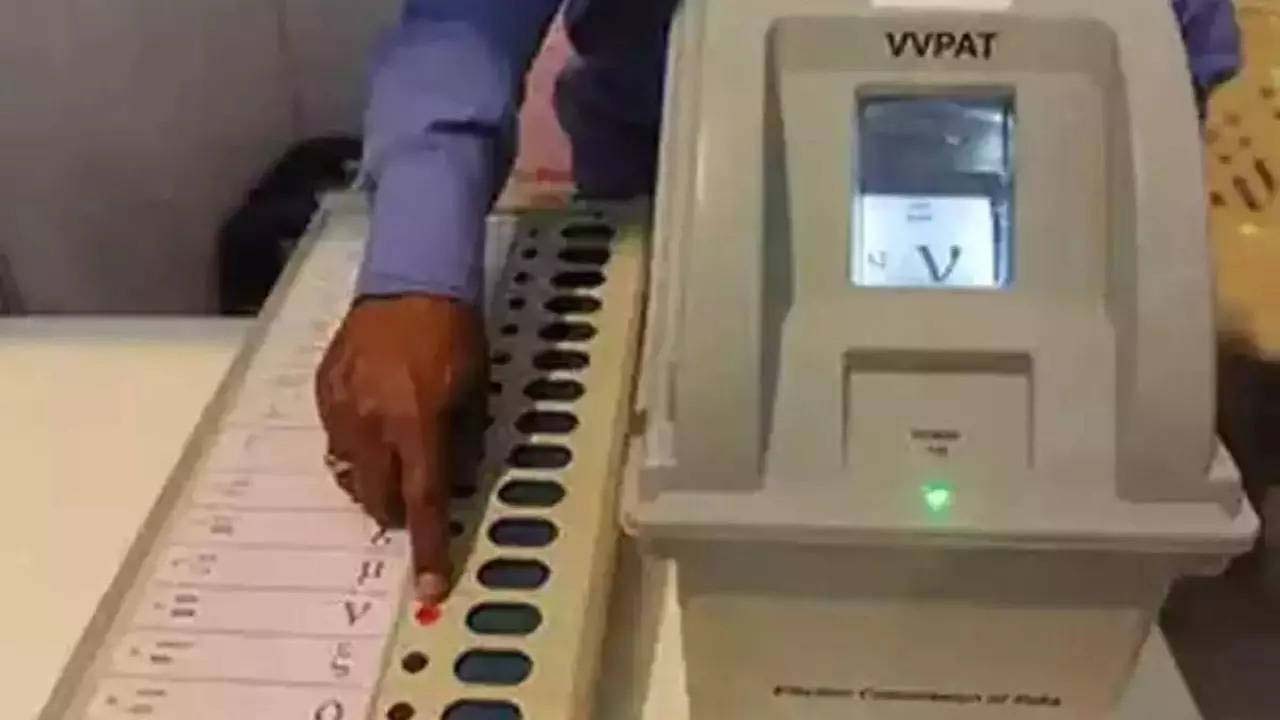Elections in India are known for their large scale and complexity, and the upcoming Lok Sabha elections are no exception. With approximately 969 million eligible voters, the elections will be held in seven phases beginning April 19. Given the magnitude of the electoral process, India uses Electronic Voting Machines (EVMs) instead of traditional paper ballots to conduct the elections efficiently and securely.
What is an EVM?
An Electronic Voting Machine (EVM) is a device used to record votes electronically. It consists of two main components: a Control Unit (CU) and a Balloting Unit (BU), connected by a five-meter cable. The Control Unit is handled by a Presiding Officer or Polling Officer, while the Balloting Unit is placed in the voting booth. Voters cast their votes by pressing a button on the Balloting Unit that corresponds to their choice of candidate.
Do EVMs need electricity to operate?
EVMs are battery-powered and do not require a connection to an external power source. They use a 7.5-volt alkaline power pack, making them suitable for use even in areas without electricity.
What happens if an EVM malfunctions?
If an EVM malfunctions on polling day, Sector Magistrates carry reserve EVMs to replace the faulty ones. The votes recorded up to the point of failure remain safe in the Control Unit’s memory, and the voting process can continue using a replacement EVM. Both the faulty and replacement EVMs will be counted on the counting day to determine the final result for that polling station.
What is a Voter Verifiable Paper Audit Trail (VVPAT)?
The Voter Verifiable Paper Audit Trail (VVPAT) is a system that provides a paper record of a voter’s choice. After casting a vote, a slip with the candidate’s name, symbol, and serial number is printed and shown to the voter through a transparent window for seven seconds. The slip is then automatically cut and collected in a sealed box, providing a physical record of the vote.
What happens if a voter presses the wrong button on the EVM?
If a voter makes a mistake while voting, the presiding officer can take a written declaration from the voter under Rule 49MA of the Conduct of Elections Rules, 1961. If the claim is valid, the voter can cast a test vote on the machine, and the presiding officer will record the paper slip. If the test vote confirms the voter’s claim, the officer must immediately inform the returning officer and follow their instructions. This process ensures the accuracy and integrity of the voting process.




